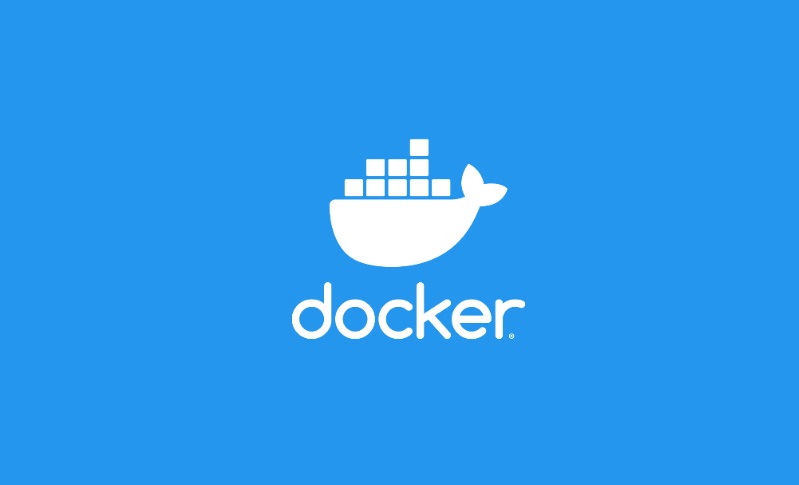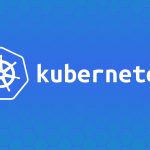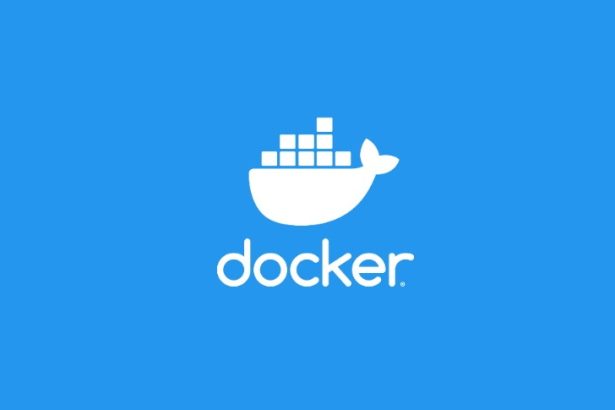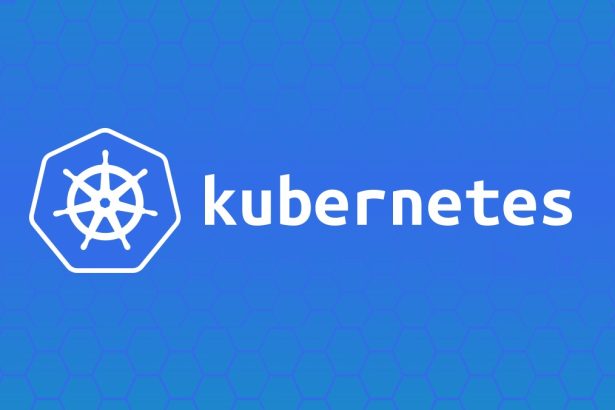Running multiple microservices locally can be challenging, especially when you need to set up individual containers for each service and ensure they can communicate seamlessly. Docker Compose simplifies the process by allowing you to define and orchestrate multi-container applications using a single YAML file. It automates service creation, networking, and environment configuration, making it a crucial tool for developers working with microservices.
This guide demonstrates the use of Docker Compose for running local microservices, covering its use cases, service definitions, inter-container networking, and troubleshooting with practical Spring Boot examples.
Table of Contents
- Use Case for Docker Compose
- Defining Services in
docker-compose.yml - Networking Between Containers
- Running and Troubleshooting
- Running Multiple Spring Applications
- External Resources for Further Learning
- Final Thoughts
Use Case for Docker Compose
Docker Compose solves key challenges of running microservices locally with ease and efficiency. Here’s why Compose is ideal:
Problems It Solves
- Multi-Container Orchestration: When an application consists of multiple services (e.g., a Spring Boot app, a database, and a Redis cache), starting and managing each container manually is tedious. Compose automates this process.
- Service Dependency Management: Compose ensures that dependent services (e.g., PostgreSQL for an application) are started in the correct order.
- Environment Configuration: It centralizes environment variables, port configurations, and volume mappings for easier local development.
- Networking Between Services: Compose automatically sets up an isolated network where containers can discover and communicate with each other using service names.
Benefits for a Microservices Architecture
- Simplifies local testing for APIs and databases interacting across multiple services.
- Enables consistent development environments across teams.
- Quick setup and teardown of local microservice environments.
- Integrated with Docker’s CLI, making it easy to monitor logs and troubleshoot.
Defining Services in docker-compose.yml
What is docker-compose.yml?
The docker-compose.yml file is a declarative configuration file that describes all services, networks, and volumes required for your application. Compose reads this file to start and manage containers.
Example of docker-compose.yml
Here’s an example for running a Spring Boot app and PostgreSQL database:
version: "3.8"
services:
spring-app:
build:
context: .
dockerfile: Dockerfile
ports:
- "8080:8080"
environment:
SPRING_DATASOURCE_URL: jdbc:postgresql://database/postgres
SPRING_DATASOURCE_USERNAME: postgres
SPRING_DATASOURCE_PASSWORD: postgres
depends_on:
- database
database:
image: postgres:15
environment:
POSTGRES_USER: postgres
POSTGRES_PASSWORD: postgres
ports:
- "5432:5432"
volumes:
- postgres-data:/var/lib/postgresql/data
volumes:
postgres-data:
Explanation of Key Sections
- Version: Specifies the Compose file version. Version
3.8is the latest, stable for most use cases. - Services: Defines individual containers. Here,
spring-appis the application, anddatabaseis the PostgreSQL service. - Depends On: Ensures
spring-appstarts only afterdatabaseis ready. - Environment: Passes configuration (e.g., database URLs) as environment variables to containers.
- Volumes: Stores persistent database data, ensuring it isn’t lost when containers are restarted.
When you run this Compose file, both services are built and connected automatically.
Networking Between Containers
Docker Compose Networking Basics
When you use Docker Compose, all defined services are automatically assigned to a virtual network. These services can communicate with each other using their service names (e.g., spring-app can connect to database by referring to it as database, rather than using an IP).
Example Interaction
The Spring Boot application should point its database connection to the database service, as defined in the SPRING_DATASOURCE_URL:
SPRING_DATASOURCE_URL=jdbc:postgresql://database/postgres
Even if the container’s internal IP changes, this name-based communication ensures connectivity without reconfiguration.
Custom Networking
You can define custom networks for isolated communication between groups of containers:
networks:
custom-network:
driver: bridge
services:
spring-app:
networks:
- custom-network
database:
networks:
- custom-network
Now only containers within custom-network can communicate.
Running and Troubleshooting
Starting the Environment
To start all services defined in docker-compose.yml, run:
docker-compose up --build
Options:
--build: Forces a rebuild of images.-d: Runs services in detached mode (in the background).
Stopping and Tearing Down
To stop services without deleting containers:
docker-compose stop
To stop and remove containers, networks, and volumes:
docker-compose down
Viewing Logs
Live logs for troubleshooting:
docker-compose logs -f
Logs for a specific service:
docker-compose logs spring-app
Common Issues and Solutions
- Database Connection Issues:
Ensuredepends_onis configured properly, so the app waits for the database to initialize before starting. You can also usehealthcheckto wait for database readiness. Example:healthcheck: test: ["CMD-SHELL", "pg_isready -U postgres"] interval: 10s retries: 3 - Port Conflicts:
Check if the exposed ports (e.g.,8080or5432) are already in use. Adjust ports accordingly:ports: - "9090:8080" - Volume Data Persistence Issues:
Verify volume bindings in thevolumessection to retain data across container restarts.
Running Multiple Spring Applications
Extending the Compose File
Here’s how to include multiple Spring Boot microservices in a single docker-compose.yml file:
version: "3.8"
services:
user-service:
build:
context: ./user-service
dockerfile: Dockerfile
ports:
- "8081:8081"
networks:
- microservices-network
order-service:
build:
context: ./order-service
dockerfile: Dockerfile
ports:
- "8082:8082"
networks:
- microservices-network
networks:
microservices-network:
driver: bridge
Running the Microservices
- Place separate
Dockerfileand application files inuser-serviceandorder-servicedirectories. - Start all services:
docker-compose up --build - Each service will be accessible via:
http://localhost:8081foruser-service.http://localhost:8082fororder-service.
Communicating Between Services
Use service names for inter-service communication. For example:
order-servicecallsuser-serviceathttp://user-service:8081.
Add environment variables like:
USER_SERVICE_URL=http://user-service:8081
External Resources for Further Learning
- Docker Compose Documentation
- Networking in Compose
- Spring Boot in Containers
- Wikipedia on Microservices
Final Thoughts
Docker Compose is a powerful tool for orchestrating local microservices. Its ability to manage multi-container setups, networking, and environment variables simplifies development workflows, especially for Spring Boot applications. By following this guide, you are well-equipped to define services, enable seamless container communication, troubleshoot issues, and run multiple Spring Boot apps with minimal effort.
Use Docker Compose to streamline your local microservice development pipeline, and bookmark this guide for future reference when handling containerized applications!




